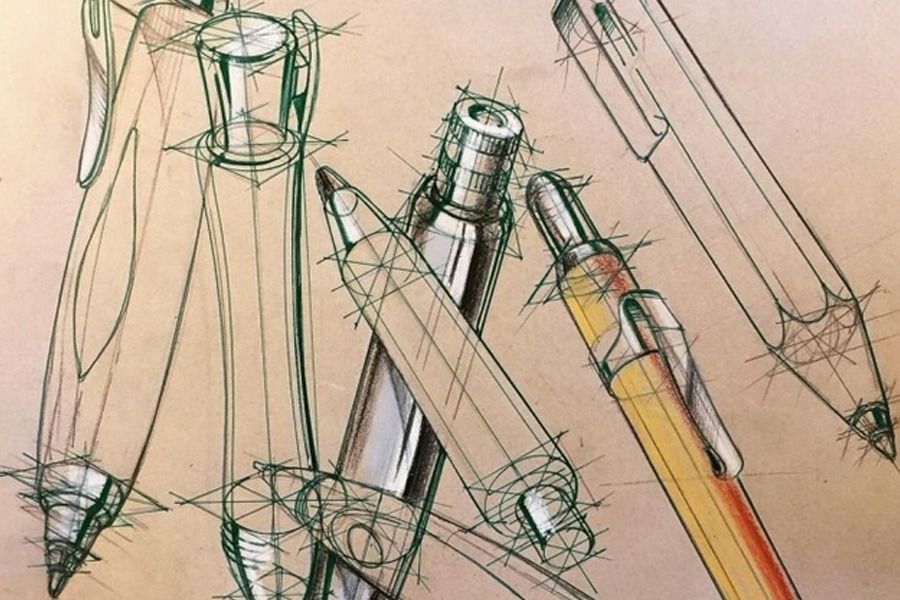In recent years, mankind has accelerated the pace of exploring space. As a spacecraft, it also needs to be constantly updated and upgraded to meet and complete more difficult and arduous tasks. Because the space environment is very complex, spacecraft need to adapt to various extreme and harsh conditions, such as high temperature, extreme cold, vacuum, weightlessness and corrosion. Therefore, spacecraft must not only consider the characteristics of the structure, but also pay attention to the selection and use of materials.

Current Status and Prospects of Titanium Alloy Application in Space Vehicles
As we all know, the density of titanium is very small, but the strength and toughness of titanium alloy are very good, and it can work normally at 500°C and -220°C. These advantages make titanium alloy the material of choice for spacecraft, and it has the reputation of "the first metal in the universe". As early as the second half of the last century, superplastic forming technology has been successfully applied to the production of titanium alloys, solving a series of problems in the production and processing of titanium alloys, and has been continuously upgraded and optimized, and has been able to make full use of the characteristics of titanium alloys. The weight of the component is reduced by 35%, and the production cost is saved by nearly 60%.
At present, the SPF technology developed and applied in China is in a leading position in the world and represents the highest standard for spacecraft manufacturing. In general, titanium alloys have been widely used in spacecraft, and the use of titanium alloys is also the only way for future space development. However, due to technical and economic constraints, the application of titanium alloys has not fully utilized its potential, nor has it opened up the market. In the future, spacecraft will need to apply higher-performance titanium alloys, and continue to reduce costs and improve the production efficiency of titanium alloys.
The main types of titanium alloys used in spacecraft
1. Tough titanium alloy
my country has started the research and development of ductile titanium alloys very early. In the early days of the founding of the People’s Republic of China, a non-ferrous metal research institute was established in Beijing and the titanium alloy 5583 was successfully developed. In the early 1970s, the Shanghai Iron and Steel Research Institute developed the titanium alloy 47121. In the 1990s, the development of high toughness titanium alloys did not continue. Currently only titanium alloy 47121 is used for satellite launches, but these titanium alloys are far from meeting the needs of the times. Among them, the main titanium alloys such as Tc1, Tc5, BT7M, etc., are relatively low in strength and toughness. Below 1200mpa, it is far below the toughness requirements of spacecraft for titanium alloys. In-depth research and development of high-toughness and high-strength titanium alloys are needed to expand and enrich the application of titanium alloys in my country's aerospace field.
2. High temperature titanium alloy
The operating environment of aerospace vehicles requires titanium alloys to have high temperature resistance, and research in this area is very important. However, it is difficult to ensure that titanium alloys still have stable performance at high temperatures, and often Backfired. The world’s first high-temperature titanium alloy was born in the United States in 1956. It was named titanium alloy 6Al4V. It can be used at around 300°C. It is well used in spacecraft and intercontinental missiles. However, the technology at the time was limited. Alloy 6Al4V also has many shortcomings, such as difficulty in production and processing. In the subsequent improvement process, some elements such as zinc, manganese, silicon and so on were added one after another, raising the temperature to 450°C.
Guest contributors are welcome at the Alloy Wiki.It is a weekly wiki and guide on alloy information and processing technology, while also about the vast array of opportunities that are present in manufacturing. Our team of writers consists of a Machining Material Supplier / Machinist / Tool and Die Maker, a Biomedical Engineer / Product Development Engineer, a Job Development Coordinator / Adjunct Professor, and a President and CEO of a manufacturing facility.
Link to this article:Titanium alloy: to create a world aerospace dream(1)
Reprint Statement: If there are no special instructions, all articles on this site are original. Please indicate the source for reprinting:Alloy Wiki,thanks!^^

